-
Impulses
Impulses
- Portfolio
-
Career
Career
-
Company
Company
-
Calibration
Calibration
Four decades of Transformatoren- und Röntgenwerk Dresden
The state-owned company VEB Transformatoren- und Röntgenwerk (TuR) was founded in 1948 in Dresden on the site of the former Koch & Sterzel AG using the company’s remaining buildings and equipment. In the four decades the company existed, it continued the classic product range of Koch & Sterzel, refining the products and adapting them to the latest scientific findings and technical requirements. Products from TuR received a total of at 34 gold medals at Leipziger Messe (Leipzig Trade Fair).
Brisk building activity
The 1950s marked a period of intensive building activity at the site of TuR in Dresden. This construction work was part of efforts to expand production capacity at the site and to modernize its facilities, but also to replace the outdated basic structure of the building. The assembly hall for large-scale transformers and the high-voltage testing hall were the first major industrial buildings to be constructed as part of the efforts to rebuild Dresden after the war.
Constrution of the high-voltage testing hall
Constrution of the high-voltage testing hall
The high-voltage test hall was designed and constructed by the architects Paul Michael and Paul Voges at the beginning of the 1950s. Measuring 55 × 40 × 29 m, the building was the largest monolithic industrial building in Europe at the time. An installation pit in the middle of the building allowed the hall to be expanded to 34 m in height. The new hall made it possible to rationalize the production and assembly of high-voltage test systems, as well as to carry out final and acceptance inspections even with highest voltages. Various social and infrastructure buildings such as a polyclinic, childcare facilities and shopping facilities were also constructed next to the production buildings on the site. Great efforts were also undertaken to re-build housing after the end of the war, resulting in the construction of numerous company apartments close to the factory.
Employees often liked to refer to the high-voltage testing hall as the “Professor Dr. Stamm Memorial Hall”. Hans Stamm was a project manager at Koch & Sterzel from 1939; from 1946 to 1953 he was Director of the state-owned company VEB Transformatoren und Röntgenwerk Dresden; in 1952 he became Honorary Professor at TU Dresden; and from 1953-1962 he was the principal of the Technical College of Electrical Engineering in Ilmenau.
Outstanding product developments
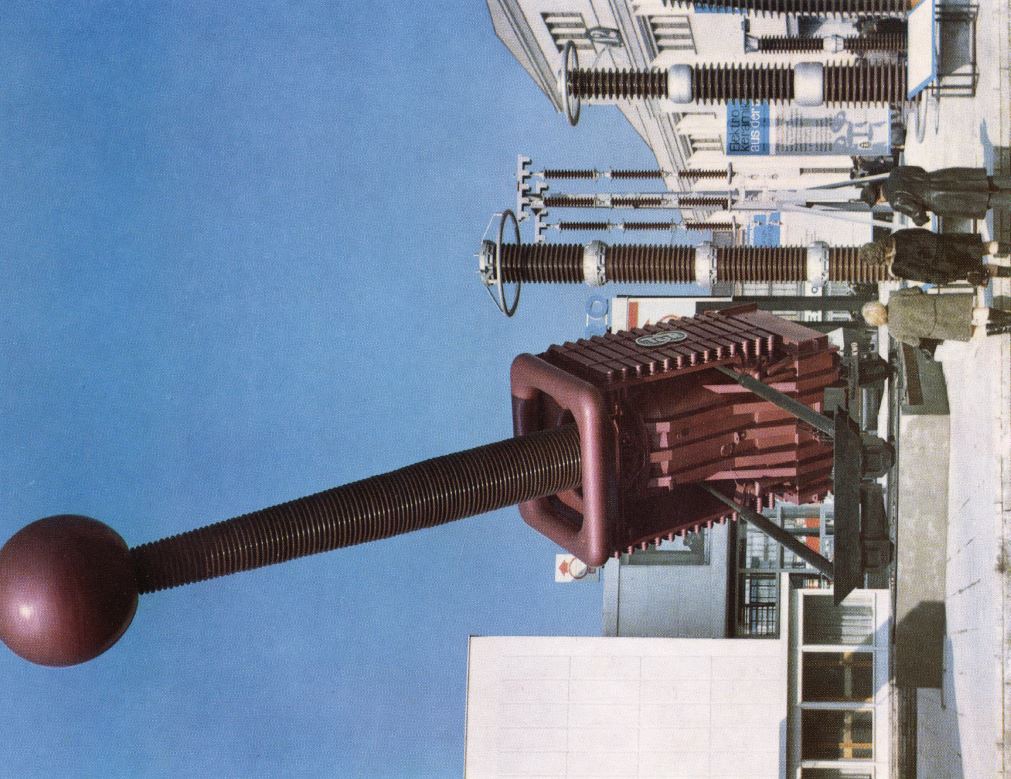
Leipzig Spring Trade Fair, 1969
TuR is awarded a gold medal for its most powerful testing transformer at the time. With a testing current of 3 A at a testing voltage of 1.2 MV, the system could be transported by rail. The bushing came from the “West”, the non-socialist economic region, – from HSP in Cologne-Porz.
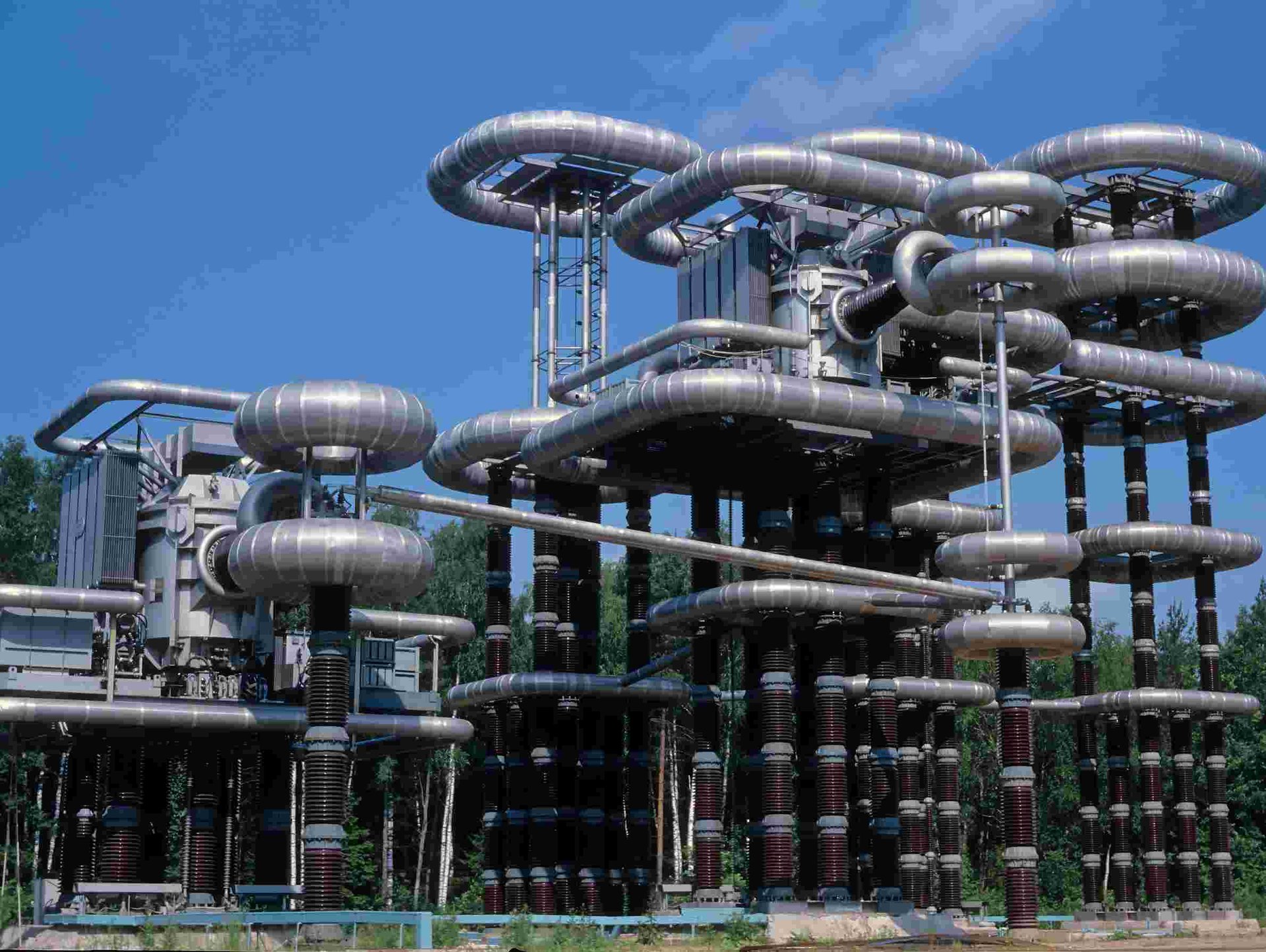
AC test voltage of 3 MV
TuR supplied 3 MV testing systems to three Soviet research institutes in Leningrad, Novosibirsk und Moscow, where the equipment was required for the development of 1500 kV ultra-high-voltage networks. In 1991 the last system was successfully handed over to WEI in Moscow. This test system was unique worldwide, as it offered an AC test voltage of 3 MV with a load current of 4 A in continuous operation and was able to generate oscillating switching voltages of 4 MV with the aid of an added switching voltage. The base of these testing systems was a 1200 kV, 10 A test transformer – which, with a weight of 100 tons, stretched production capabilities to their very limits.
Production of consumer goods
Alongside the company's main industrial products such as transformers and X-ray devices, VEB Transformatoren- und Röntgenwerk (TuR) was also required to manufacture consumer goods in order to help meet domestic demand for everyday products in Eastern Germany. The production of consumer goods was typical for all industry in the former German Democratic Republic. Companies often operated dual production lines to enable them to meet both the demands of industry and of the population.
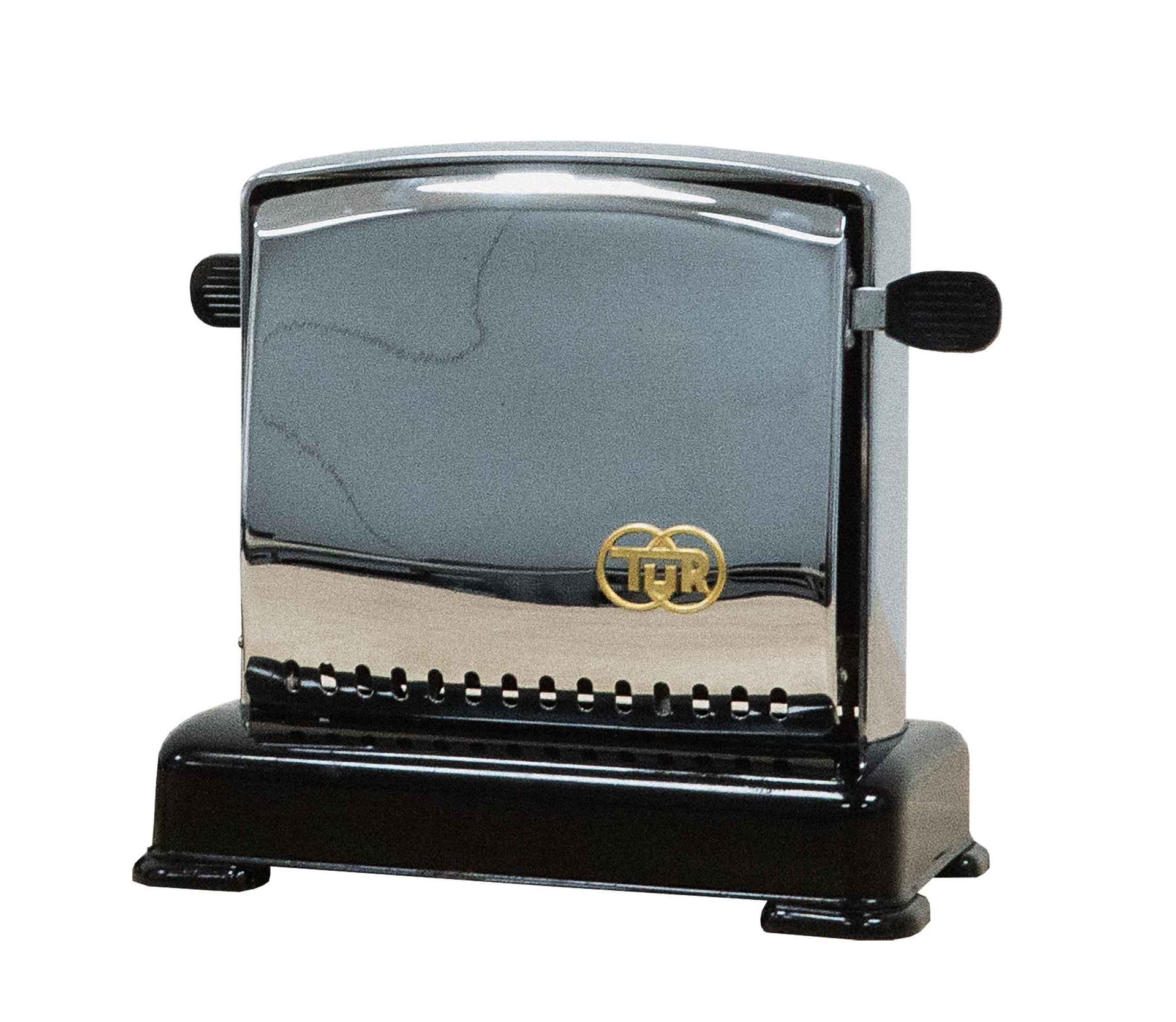
Bread toaster (1960): A simple but highly usable toaster that could be found in many households in the GDR.
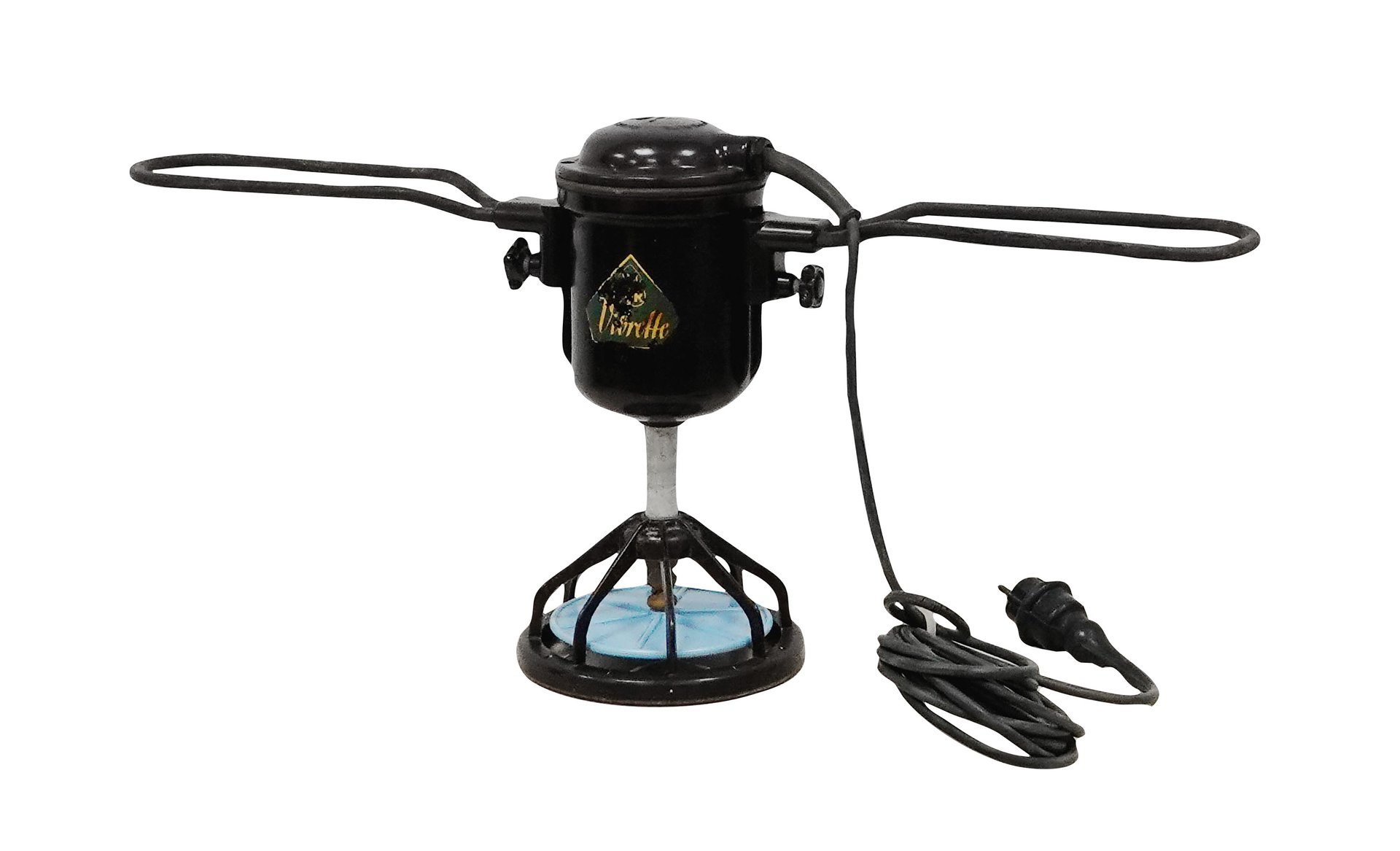
TuR Vibrette (since 1954): A sonic washing machine with 30 watts and mains voltage that was used to clean clothes and other textiles. This appliance was intended to offer a modern, efficient alternative to conventional washing methods.
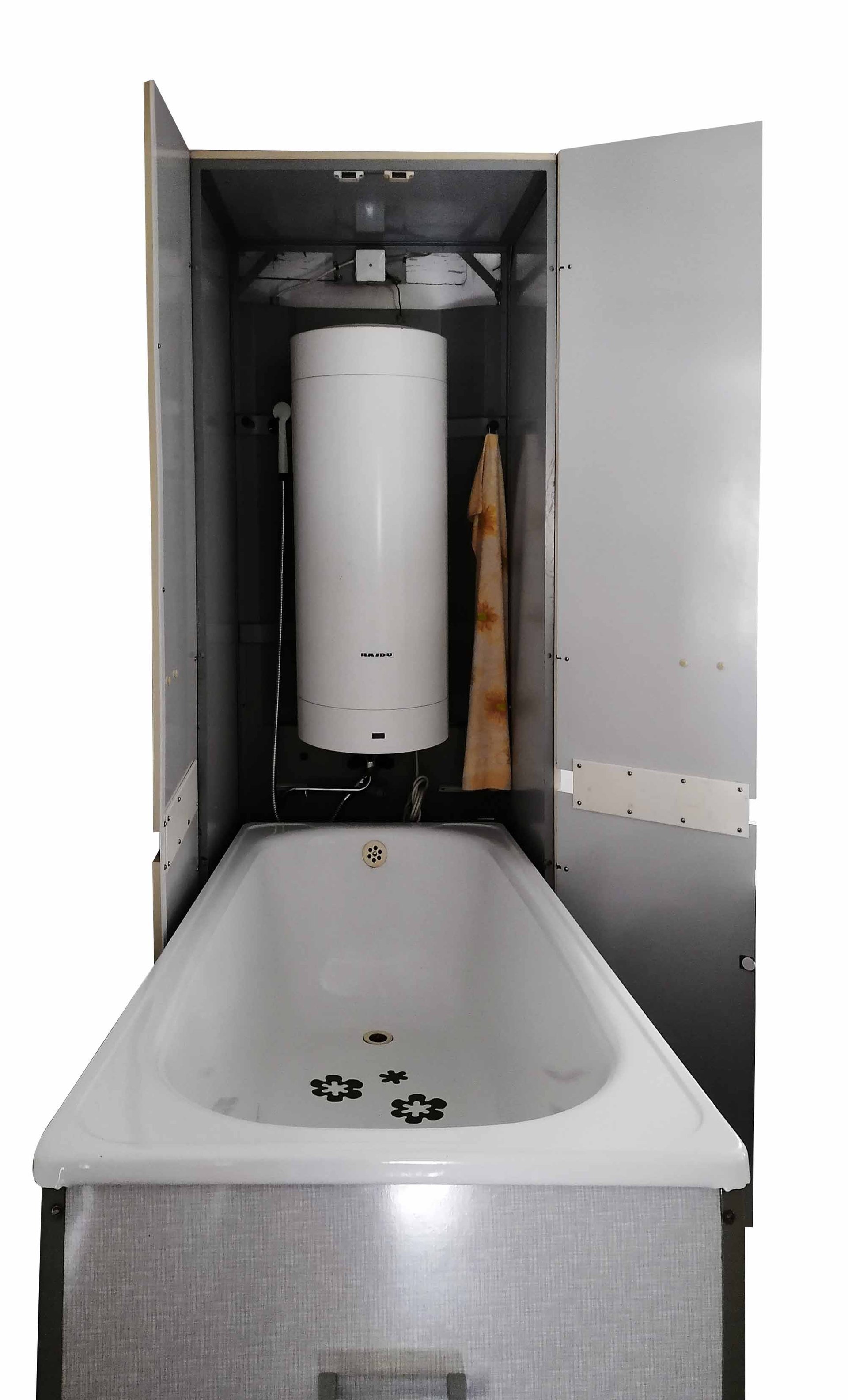
Cabinet bath: A particularly innovative solution for apartments without a bathroom. The product combined a cabinet containing a bath with an electric water tank for heating the water. It was easy to set up in the kitchen, meaning that everyone could enjoy a nice bath. Cost: 1974 East German Marks, the equivalent of two average monthly salaries.
Export
TuR's export share was up to 60%. The principal customers were countries in the Council for Mutual Economic Assistance (Comecon, the economic organization of socialist countries in the Eastern Bloc) and the Soviet Union in particular. In addition, the company’s products were also supplied, installed and taken into operation all around the world in countries like Austria, Western Germany and Western Berlin, in Asian countries including India, Vietnam, Korea and Japan, as well as countries in North Africa and the Middle East including Algeria, Egypt and Syria.

We are here for you. Wherever you are.
Looking for the right contact partner?
Do you have a concern, but don't know whom you should contact? You will find that information in our contact overview. That's a promise.

